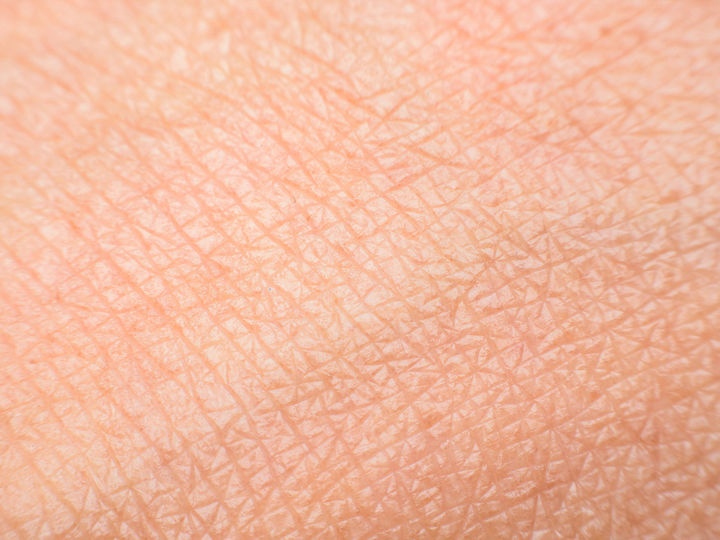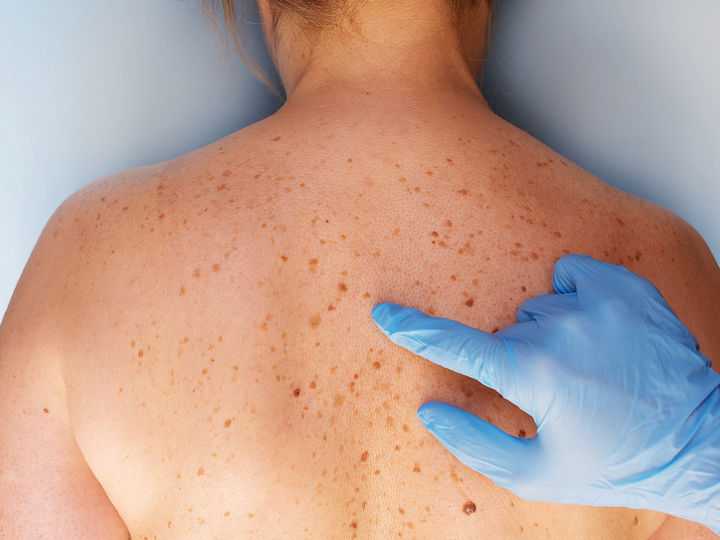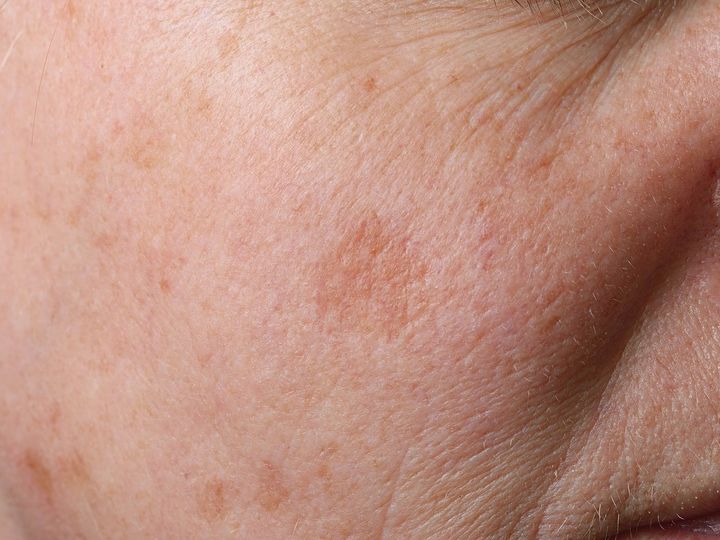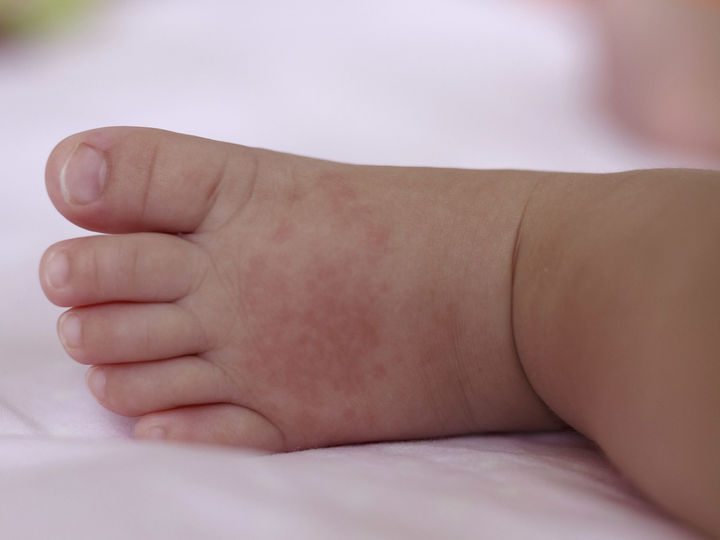Skin Health
As our largest organ, the skin needs special care and precautions in order to stay healthy. In my practice I like to advise you as a dermatologist on the varied and often very simple ways of skin care or pre- and aftercare in specific situations.
Skin cancer screening / mole check
Skin cancer is one of the most common cancers and comparatively common. Skin cancer is a disease in which malignant cells of the skin grow unlimitedly and destroy their immediate environment as well as affect the entire body. One can separate on the one hand melanoma (black skin cancer) and on the other hand the white skin cancer or non-melanoma skin cancer (actinic keratosis, basal cell carcinoma, spinocellular carcinoma). However, skin cancer can be cured in the majority of cases if it is detected early.
In the practice Prof. Robert Loewe, MD, Dermatologist, all abnormal moles are videographically recorded, systematically analyzed and stored, using the latest computer technology. This achieves high diagnostic reliability while avoiding unnecessary surgery. As part of screening, annual screening is recommended to regularly monitor and assess changes in the skin. Upon request, we remind our patients free of charge of their appointments for check-ups.
Skin aging / age spots
How long our skin looks young is not only due to our genes, but also to our lifestyle. Of course, small wrinkles will always grow larger over the years. But something can be done against aging.
Sunlight lets the skin age
However, the way we live, how we care for ourselves - and, above all, whether we expose ourselves to the sun - plays an even greater role. Many people are at least in part self-responsible for their early wrinkling, the appearance of age spots or the development of dull skin color: up to 80 percent of all visible skin aging processes on the face, experts estimate, are the result of too much UV radiation - whether sunbathing on the beach or in the solarium.
Age spots: indication for a UV overdose
An all too visible consequence of too much sunlight are age spots. These brownish, lenticular discolorations usually occur at sites of continuous daylight exposure, ie on the face and on the back of the hand. Age spots are benign lesions. They form because the pigment-producing cells in the dermis increase. However, age spots are also an indication of chronic sun abuse: they show that the cells have been damaged by long-term UV irradiation.
As your private dermatologist, I would be happy to advise you on possible preventive and care measures for your skin.
Hyperhidrosis (excessive sweating)
Heavy sweating (hyperhidrosis) is a problem that puts a lot of strain on those affected and threatens their psychological balance. Botulinum toxin (Botox) is an effective, "non-surgical" treatment for hyperhidrosis. Several intracutaneous injections are made in the affected areas (such as the armpits) resulting in complete cessation of sweat secretion in this area. The effect diminishes after 6-8 months (occasionally only after 1-1.5 years). The treatment can be repeated at any time. Botulinum toxin A is approved for the treatment of hyperhidrosis and is used in the ordinations of Prof Robert Loewe, MD, Dermatologist.



